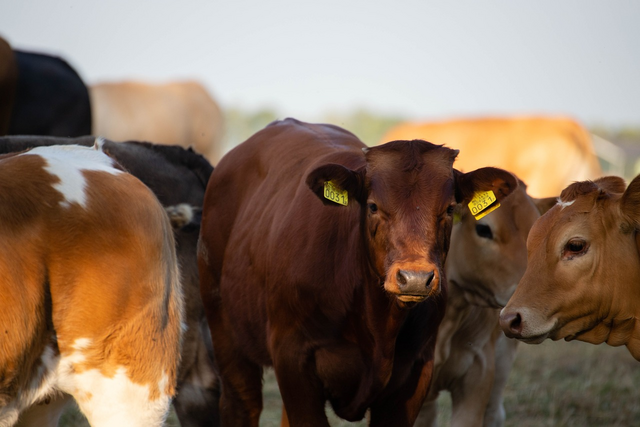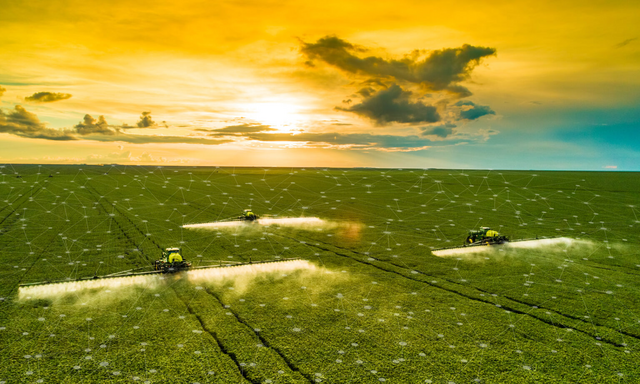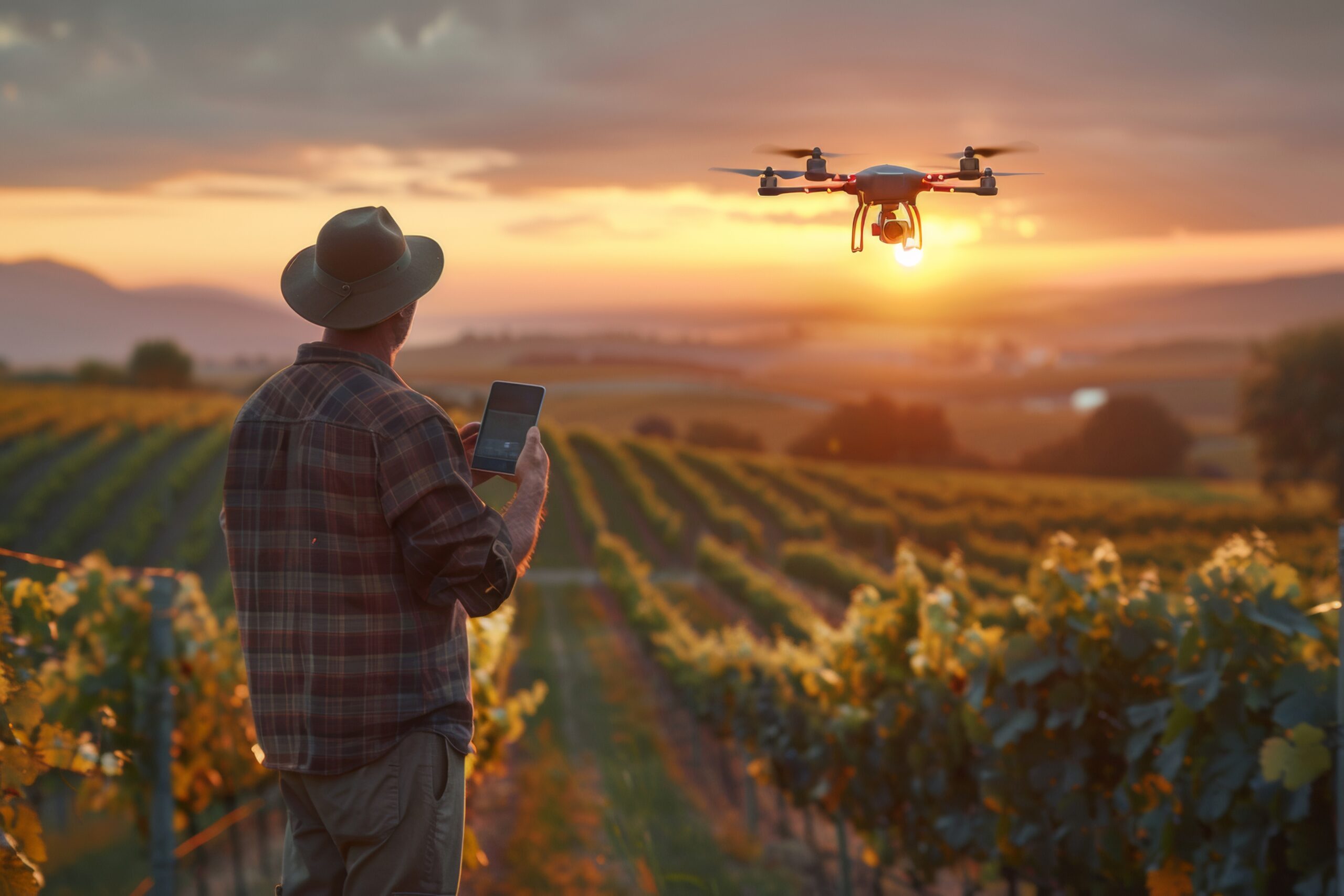In the vast, open spaces of Australia’s beef cattle stations, where managing livestock efficiently and sustainably is crucial, innovative technologies like RFID (Radio Frequency Identification) tags and whole farm WiFi systems are making waves. These technologies are not just modernising operations; they are transforming them, enabling graziers to manage extensive herds with unprecedented precision and ease. As Australia’s leading technology provider, we are thrilled to explore and support the deployment of these systems, helping to propel Australian cattle stations into a new era of digital ranching.
The Role of RFID in Modern Beef Cattle Management
RFID technology offers a robust solution for the myriad challenges faced by cattle station managers. By embedding RFID tags in ear tags or collars, each animal becomes part of a digital network, providing real-time data that can significantly enhance management practices. Here’s how RFID is revolutionising the industry:
1. Tracking Stock Movements
With RFID tags, the movement of cattle within the station and beyond can be tracked automatically. This system drastically reduces the labour traditionally involved in mustering cattle across vast distances. RFID readers placed at strategic points such as water troughs, feeding stations, and paddock entrances capture data as cattle pass by, allowing managers to monitor herd movements without physical presence, ensuring that cattle are where they should be and identifying any unusual patterns that might indicate issues such as theft or escape.
2. In-Field Weighing and Health Monitoring
One of the most valuable uses of RFID technology combined with whole farm WiFi is in-field weighing and health monitoring. By integrating RFID tags with electronic scales and health monitoring equipment, cattle can be weighed and their health data collected whenever they visit a water point or feeding station equipped with these tools. This live data provides a continual health check and growth monitoring, enabling graziers to make immediate decisions about nutrition, breeding, and medical treatment.
Moreover, this live weight data can be shared directly with stock agents and buyers, providing them with up-to-date, accurate information that can inform purchasing decisions and enhance the marketing of livestock. This connectivity not only streamlines the sales process but also adds transparency and trust in transactions, potentially leading to better pricing and more efficient market operations.
3. Optimised Grazing and Resource Management
The data collected from RFID tags helps in managing pasture usage more effectively. By analysing movement patterns, graziers can determine which areas of the station are being over or underutilised. This facilitates rotational grazing practices, which improve pasture recovery, reduce soil erosion, and enhance biodiversity. Additionally, water and feed consumption data help in managing these critical resources more efficiently, reducing waste and ensuring that cattle have access to fresh supplies.
Location and Role of RFID Readers
To maximise the benefits of RFID technology, the placement of RFID readers is critical. Readers are typically located:
– At Watering Points and Feed Stations: These are ideal locations for readers as cattle frequently visit these spots, allowing for regular data collection.
– Gateways between Paddocks: Placing readers at transition points between different grazing areas helps monitor herd movement and control grazing patterns.
– Station Entrances/Exits: To ensure security and track the movement of cattle in and out of the property, readers at these points can alert managers to any unauthorised access or movement.
– Handling Facilities: Embedding readers in chutes and handling areas allows for detailed inspections and treatments to be recorded without manual entry of data.
Enhancing Connectivity with Whole Farm WiFi
A whole farm WiFi system is pivotal in harnessing the full potential of RFID technology. By ensuring that every corner of the station is covered, WiFi enables the real-time transmission of data collected by RFID readers to central databases accessible from anywhere on the property. This connectivity ensures that graziers have immediate access to vital information on their mobile devices or computers, allowing for quick decision-making and enhanced remote management capabilities.
Success Stories from the Field
A large beef cattle station in Queensland provides a compelling case study. After implementing RFID tagging and a whole farm WiFi system, the station reported a 25% increase in operational efficiency. The system reduced the time spent on mustering and manual record-keeping while improving the accuracy of stock numbers and health records. Additionally, the data-driven insights gained from the system have enabled more precise breeding decisions and improved overall herd health.
Looking Forward: The Future of Beef Cattle Management
As technology evolves, the possibilities for enhancing cattle station management continue to expand. The integration of RFID and WiFi is just the beginning. Future advancements may include more sophisticated biometric sensors, AI-driven analytics for predictive health management, and even drone technology to further streamline operations.
In conclusion, the integration of RFID technology and whole farm WiFi systems represents a significant leap forward for the Australian beef cattle industry. By providing detailed, real-time data on every aspect of cattle management, these technologies not only boost efficiency and productivity but also enhance the sustainability and profitability of operations.





